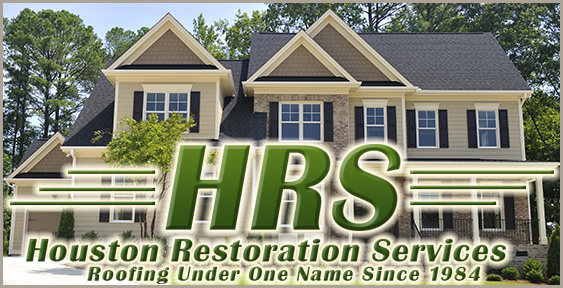
Metal roofing has become increasingly popular for homes and commercial buildings. In fact, the number of homeowners who purchased metal roofs more than tripled from 2000 to 2010, and the roofing material's popularity is expected to double again by the year 2020.
Part of metal's appeal comes from its versatile appearance and application. Metal roofs, ranging from stone coated steel options to more traditional standing seam styles, are no longer the old fashioned tin roofs of previous generations. Today's metal roofs compare favorably to other top selling roof coverings and can be installed by trusted Houston roofing professionals. Since these metal products are now made to look like asphalt shingles, clay tiles, cedar shakes and slate, they suit a number of architectural styles.
While metal roofs may be preferred for their appearance and versatility, metal is considered a high performance material suitable for both steep slope and low slope roofs. Because many metal roofs are made of galvanized steel, these roofs naturally resist rotting, cracking, molding and warping. Many also contain zinc that prevents mold and algae growth.
Newly engineered coatings add to metal roofing's reliability. These coatings allow metal roofs to expand and contract along with changes in temperature.
The roofers from Houston Restoration Services of Houston would be happy to answer any questions you have about remodeling or storm damage.
As a result, most new metal roofs offer greater durability than many other roof coverings.
Metal roofs are expected to last from 40 to 60 years, and many are warrantied for a lifetime. On average, a traditional residential asphalt shingle roof will be reroofed an average of two and a half times before a metal roof will need replacement. Similarly, a commercial building with a metal roof will enjoy greater longevity than a building with typical EPDM and TPO roofs. For some consumers, this longevity balances the initial high expense of installing a metal roof.
Some roofers recommend metal to homeowners and building managers for the material's safety ratings. Fire resistant and non combustible, metal roofs are often used in areas where wildfires are a concern. Metal roofs are also frequently used in high wind areas because metal roofs withstand winds of 140 miles an hour and beyond. Manufacturers actually report a surge in consumer demand for metal roofing following extreme wind events such as hurricanes and tropical storms, and FEMA recommends metal roofing in flood and hurricane prone regions.
Some homeowners and facility managers also choose metal for its low environmental impact. Continuously recyclable, metal's long lifespan means that less reroofing waste is dumped into community landfills. Metal roofs themselves contain a minimum of 28 percent recycled material.








